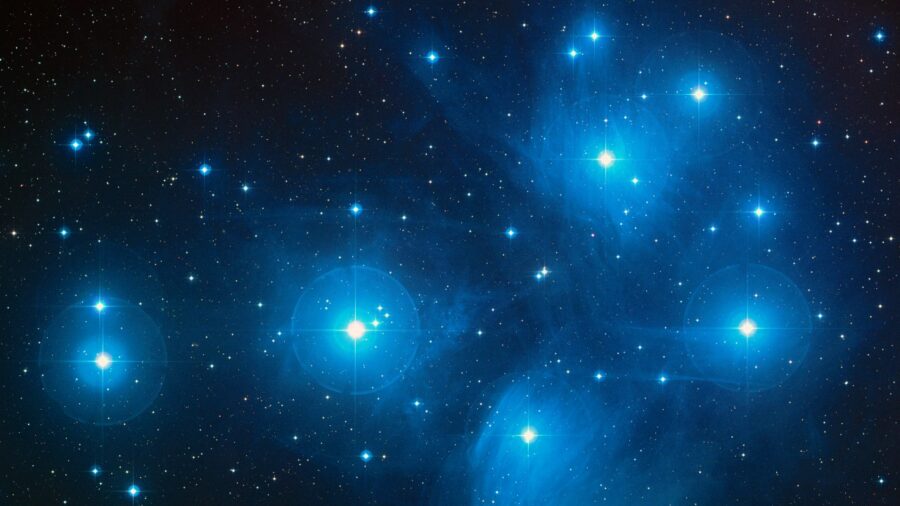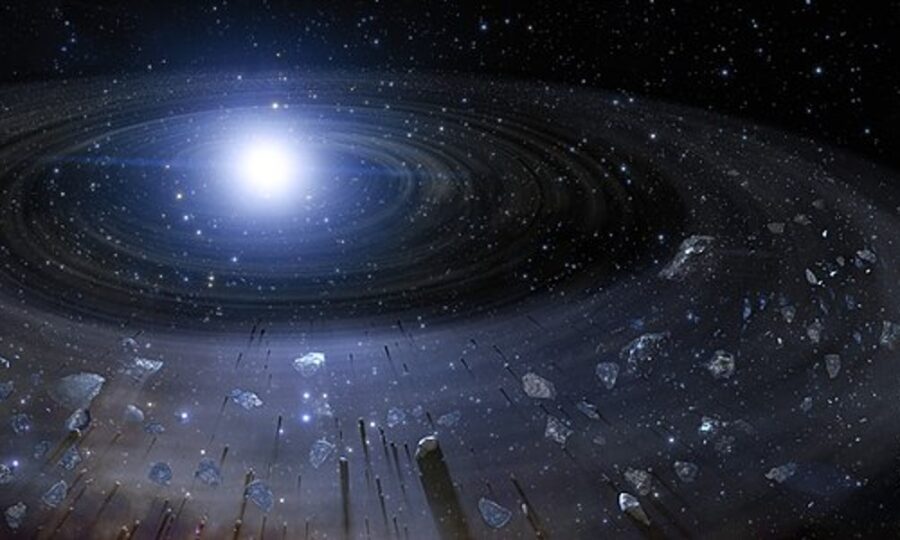Scientists Find Two-Faced Star Unlike Anything Else In The Universe

Space is a weird place, and so much of it is unknown to us that we’re bound to sometimes find something that we’ve never seen before. This is exactly what happened when astronomers happened across a two-faced star that looks completely different in each hemisphere. Half of the white dwarf star is made of hydrogen, and the other half is helium, so it projects different light signatures and makes the star have the appearance of two faces.
Scientists have found a unique star that is half hydrogen and half helium, with different appearances on each face.
The study of the two-faced star was published in the Nature journal, and the astronomers decided to name it Janus after the Roman god of doors, gates, and transitions. This is the perfect name because the prevailing theory the scientists have for the differing appearance of the hemispheres is that the star may be in the middle of the process where it evolves from a hydrogen-dominated to a helium-dominated surface. This phase of a white dwarf star’s evolution is rarely observed, but it doesn’t necessarily completely explain why the star is split half and half.
A white dwarf star is a very dense stellar remnant of a dead star. When a star like our Sun dies and runs out of fuel, it becomes a white dwarf. However, this two-faced star is not like the other dead stars.
A theory to further explain the even split of the two-faced star is that asymmetric magnetic fields prevent the elements from mixing. When a white dwarf star is making the change to a helium-dominant surface, the gravity of the star usually brings the heavier hydrogen down to the star’s core while the much lighter helium rises to the surface of the star.

One theory behind the star’s strange nature is that asymmetric magnetic fields are preventing the hydrogen and helium from mixing.
In most cases, this would lead to these elements mixing evenly across the surface while they switch places, but the two-sided nature of Janus is entirely new.
If the asymmetric magnetic fields are preventing the helium and hydrogen from intermingling, then the mystery of the two-faced star isn’t quite as mysterious. Still, it’s a really interesting phenomenon, and the researchers at Caltech’s Palomar Observatory, where it was found, were probably pretty excited about it. The Palomar Observatory had a scanning instrument known as Zwicky Transient Facility that observed the star when it was scanning for highly magnetic stars.
The two-faced star would rapidly change in brightness, which caught the eye of the team of researchers at the Observatory. The rapid swings in brightness were only the beginning of the strange behaviors they discovered, as they also noted that the star was rotating 15 times per minute. The WM Keck Observatory in Hawaii was brought on board to make some observations, which led to them discovering that the star looked different on each half, with a spectrometer reading revealing the half-helium and half-hydrogen nature of Janus.
In addition to the bizarre chemical makeup, researchers found that the star was rotating at an amazing 15 times per minute.
As mentioned, we don’t have an official cause of why Janus is a two-faced star, but the team will undoubtedly be considering observing the star to confirm the prevailing theories that have about its nature. It’s not often that you get to observe an unseen phase of a white dwarf star evolving; further observation could give us more insights into how these stars behave.












